Home>Storage & Organization>Kitchen Organizing Tools>Where Do You Put A Cat Litter Box
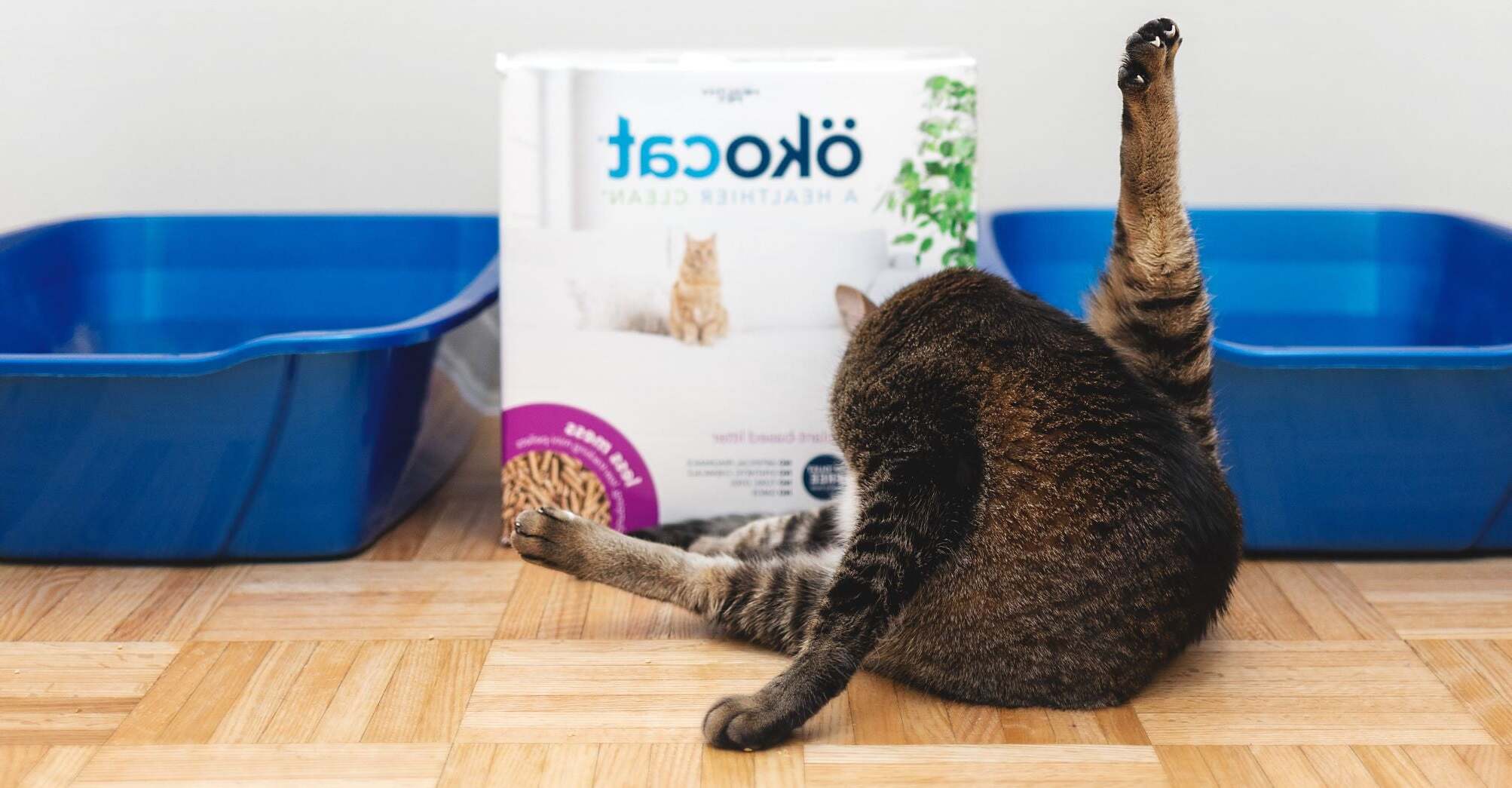

Kitchen Organizing Tools
Where Do You Put A Cat Litter Box
Modified: February 26, 2024
Discover the best kitchen organizing tools for your cat's litter box. Find practical solutions to keep your kitchen tidy and your pet happy.
(Many of the links in this article redirect to a specific reviewed product. Your purchase of these products through affiliate links helps to generate commission for Storables.com, at no extra cost. Learn more)
Introduction
When it comes to creating a comfortable and functional living space for our feline friends, the placement of a cat litter box is a crucial consideration. Cats are known for their fastidious nature, and providing them with a suitable and accessible location for their litter box is essential for their well-being and our home's cleanliness. The strategic placement of the litter box can significantly impact a cat's litter box habits and overall satisfaction.
Understanding the significance of where to put a cat litter box involves a combination of practicality, feline behavior, and household dynamics. By carefully considering these factors, cat owners can ensure that their furry companions have a designated spot for their bathroom needs while maintaining a harmonious living environment for both humans and cats.
The placement of a cat litter box is not merely a matter of convenience; it directly influences a cat's comfort and sense of security. Therefore, it's important to explore the various considerations and options for placing a litter box in a way that promotes a positive and stress-free experience for our feline friends. Let's delve into the essential aspects of cat litter box placement to understand how to create an ideal environment for our beloved pets.
Key Takeaways:
- Cats prefer a private and accessible litter box location away from high-traffic areas and food/water sources. Multiple boxes in different rooms can prevent territorial disputes in multi-cat households.
- Observing a cat’s behavior and prioritizing privacy, accessibility, and ventilation are crucial for choosing the best litter box location. Regularly reassess and adapt to household changes for a stress-free bathroom environment.
Read more: What Do You Put In A Litter Box
Considerations for Placement
When determining the ideal placement for a cat litter box, several crucial considerations come into play. Understanding these factors is essential for creating a comfortable and convenient bathroom environment for our feline companions.
1. Accessibility
The accessibility of the litter box is paramount for a cat's comfort and well-being. Cats prefer a sense of privacy and security when using their litter box, so it's important to place it in a quiet and easily accessible location. Additionally, older cats or those with mobility issues may require a litter box that is easily reachable, without the need to navigate stairs or obstacles.
2. Avoiding High-Traffic Areas
Placing the litter box in high-traffic areas of the home can cause stress for cats and lead to litter box aversion. Cats prefer a peaceful and undisturbed environment for their bathroom activities. Therefore, it's best to avoid placing the litter box in areas with frequent foot traffic or loud noises.
3. Separation from Food and Water
Cats have a natural aversion to eliminating near their food and water sources. Placing the litter box in close proximity to their feeding area can lead to anxiety and reluctance to use the box. It's important to maintain a clear separation between the litter box and the cat's food and water bowls to ensure their comfort and hygiene.
Read more: How Do You Clean A Cat Litter Box
4. Multiple-Cat Household Dynamics
In multi-cat households, the dynamics between feline companions play a significant role in litter box placement. Cats may feel vulnerable while using the litter box, so it's crucial to provide multiple boxes in different locations to prevent territorial disputes and promote a harmonious bathroom experience for all cats.
5. Odor Control and Ventilation
Proper ventilation and odor control are essential considerations when placing a cat litter box. While it's important to provide cats with a private and enclosed space for their litter box, ensuring adequate ventilation can help minimize odors and maintain a fresh living environment for both cats and humans.
6. Household Changes and Adaptability
As households evolve and change, the placement of the litter box may need to be adjusted accordingly. Factors such as the addition of new furniture, the arrival of a new pet, or changes in family dynamics can impact the suitability of the current litter box location, necessitating a reassessment of its placement.
By carefully considering these essential factors, cat owners can ensure that the placement of the litter box aligns with their feline companion's needs and preferences, ultimately contributing to a positive and stress-free bathroom experience for their beloved pets.
Common Placement Options
When it comes to finding the perfect spot for a cat litter box, several common placement options cater to the diverse needs of both cats and their human companions. Understanding these options can help cat owners make informed decisions that prioritize their feline friends' comfort and well-being.
-
Bathroom or Laundry Room: Placing the litter box in the bathroom or laundry room is a popular choice for many cat owners. These areas often provide the necessary privacy and seclusion that cats prefer when using their litter box. Additionally, the tiled floors in these spaces make cleaning up any scattered litter a more manageable task.
-
Quiet Corner or Nook: Creating a designated corner or nook in a low-traffic area of the home can offer cats the privacy and tranquility they seek during their bathroom activities. Whether it's a secluded corner in the living room or a quiet spot in the bedroom, providing a dedicated space for the litter box can help cats feel secure and undisturbed.
-
Basement or Utility Room: For homes with ample space, the basement or a utility room can serve as an ideal location for the litter box. These areas often offer the seclusion and privacy that cats prefer, while also keeping the litter box out of the main living areas, minimizing any potential disruptions.
-
Multiple Litter Boxes in Various Rooms: In multi-level homes or households with multiple cats, having litter boxes in various rooms can be beneficial. This approach ensures that cats have convenient access to a litter box on each floor, reducing the likelihood of territorial disputes and providing options for cats with different preferences.
-
Custom Cat Furniture with Built-in Litter Box: Some cat owners opt for custom cat furniture that integrates the litter box into a functional and aesthetically pleasing piece of furniture. These innovative designs not only provide cats with a private and enclosed space for their bathroom needs but also blend seamlessly with the home decor.
-
Closet or Cabinet with Proper Ventilation: Converting a closet or cabinet into a designated litter box area can offer cats the privacy they desire while keeping the litter box discreetly tucked away. Ensuring proper ventilation in these enclosed spaces is crucial for maintaining a fresh and odor-free environment.
By exploring these common placement options, cat owners can identify the most suitable location for their cat's litter box, taking into account factors such as accessibility, privacy, and household dynamics. Ultimately, the goal is to create a comfortable and stress-free bathroom environment that meets the unique needs of each feline companion.
Read more: What To Put Under A Cat Litter Box
Tips for Choosing the Best Location
When it comes to selecting the optimal location for a cat litter box, several tips can guide cat owners in making a thoughtful and informed decision. By considering these tips, cat owners can create a comfortable and inviting bathroom environment for their feline companions.
-
Observe Your Cat's Behavior: Understanding your cat's behavior and preferences is essential when choosing the best location for the litter box. Take note of where your cat spends most of their time and observe any areas they seem to avoid. This can provide valuable insights into the most suitable placement for the litter box.
-
Prioritize Privacy and Seclusion: Cats value privacy and seclusion when using their litter box. Choose a location that offers a sense of privacy, away from high-traffic areas and noisy environments. Quiet corners, secluded nooks, or dedicated rooms can provide the privacy that cats seek during their bathroom activities.
-
Consider Accessibility: While privacy is important, the litter box should also be easily accessible to your cat. Avoid placing the litter box in areas that require navigating obstacles or stairs, especially for older cats or those with mobility issues. Accessibility is crucial for ensuring that cats feel comfortable using their litter box.
-
Maintain a Safe and Stress-Free Environment: Cats are sensitive to their surroundings, and a stressful environment can impact their litter box habits. Choose a location that is free from potential stressors, such as loud noises, frequent disruptions, or proximity to other pets' feeding areas. Creating a calm and stress-free bathroom environment is essential for encouraging regular litter box use.
-
Account for Household Dynamics: In multi-cat households, understanding the dynamics between feline companions is crucial for litter box placement. Provide multiple litter boxes in different locations to prevent territorial disputes and accommodate the individual preferences of each cat. Additionally, consider the impact of household changes on the suitability of the current litter box location.
-
Ensure Proper Ventilation and Odor Control: Proper ventilation is essential for maintaining a fresh and odor-free bathroom environment. Choose a location that allows for adequate airflow while ensuring that any enclosed spaces, such as closets or cabinets, have proper ventilation. Additionally, consider using odor-controlling litter to minimize unpleasant smells.
-
Regularly Assess and Adapt: As your household evolves and changes, periodically reassess the placement of the litter box to ensure that it aligns with your cat's needs and preferences. Be open to adapting the location based on your cat's behavior and any shifts in household dynamics.
By incorporating these tips into the decision-making process, cat owners can select the best location for their cat's litter box, promoting a positive and stress-free bathroom experience for their beloved feline companions.
Conclusion
In conclusion, the placement of a cat litter box plays a pivotal role in creating a comfortable and stress-free bathroom environment for our feline companions. By carefully considering factors such as accessibility, privacy, household dynamics, and ventilation, cat owners can ensure that the litter box location aligns with their cat's needs and preferences.
Understanding the significance of providing cats with a designated and suitable bathroom area goes beyond mere convenience; it directly impacts their well-being and overall satisfaction. Cats, known for their discerning nature, seek privacy and seclusion when using their litter box. Therefore, choosing a location that offers a sense of privacy, away from high-traffic areas and potential stressors, is essential for promoting regular litter box use and minimizing anxiety-related issues.
Furthermore, in multi-cat households, the dynamics between feline companions must be taken into account when placing litter boxes. Providing multiple boxes in various locations can prevent territorial disputes and accommodate the individual preferences of each cat, contributing to a harmonious bathroom experience for all feline companions.
Proper ventilation and odor control are also crucial considerations when selecting a litter box location. While cats appreciate privacy, ensuring adequate airflow and ventilation in the chosen location helps maintain a fresh and pleasant bathroom environment for both cats and their human companions.
Ultimately, the goal of carefully considering the placement of a cat litter box is to create a comfortable and stress-free bathroom environment that meets the unique needs of each feline companion. By observing their cat's behavior, prioritizing privacy and accessibility, and regularly reassessing the placement based on household dynamics, cat owners can ensure that their beloved pets have a designated spot for their bathroom needs while maintaining a harmonious living environment for both humans and cats.
Frequently Asked Questions about Where Do You Put A Cat Litter Box
Was this page helpful?
At Storables.com, we guarantee accurate and reliable information. Our content, validated by Expert Board Contributors, is crafted following stringent Editorial Policies. We're committed to providing you with well-researched, expert-backed insights for all your informational needs.
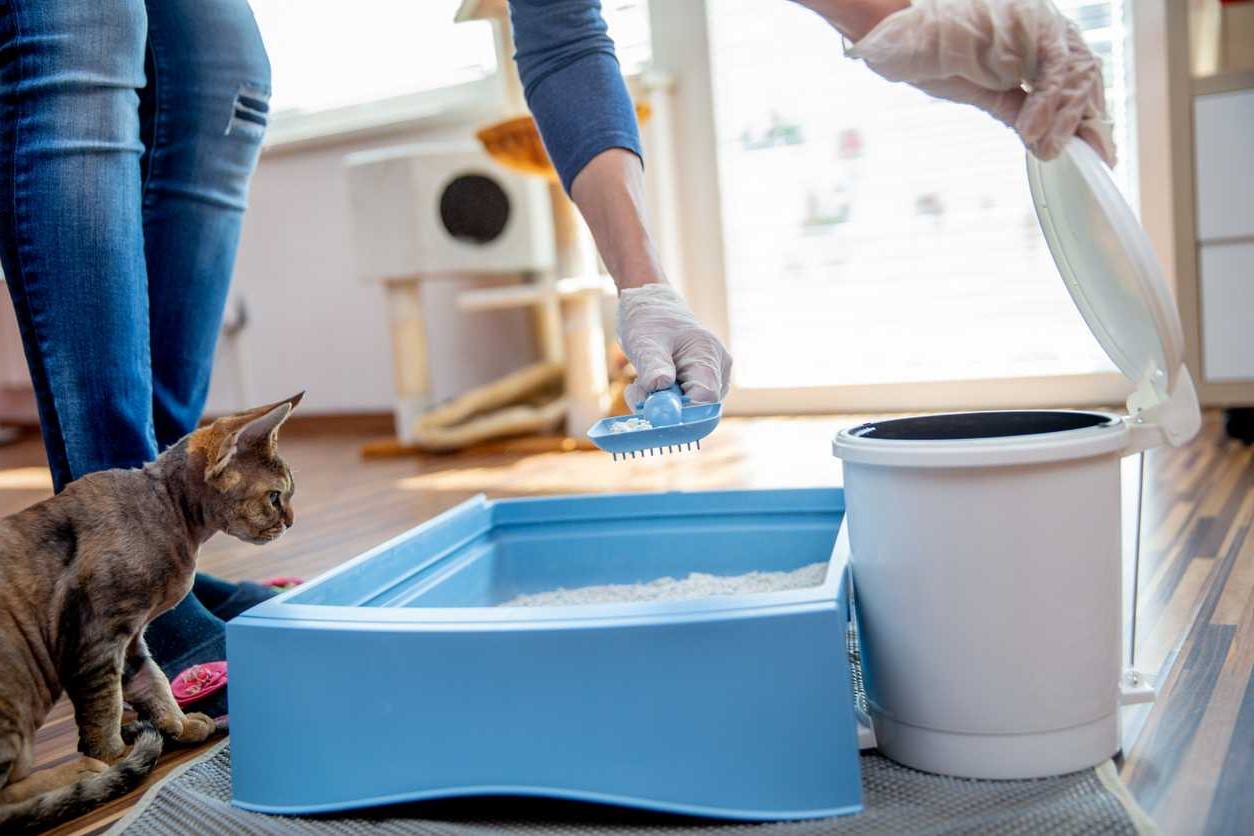
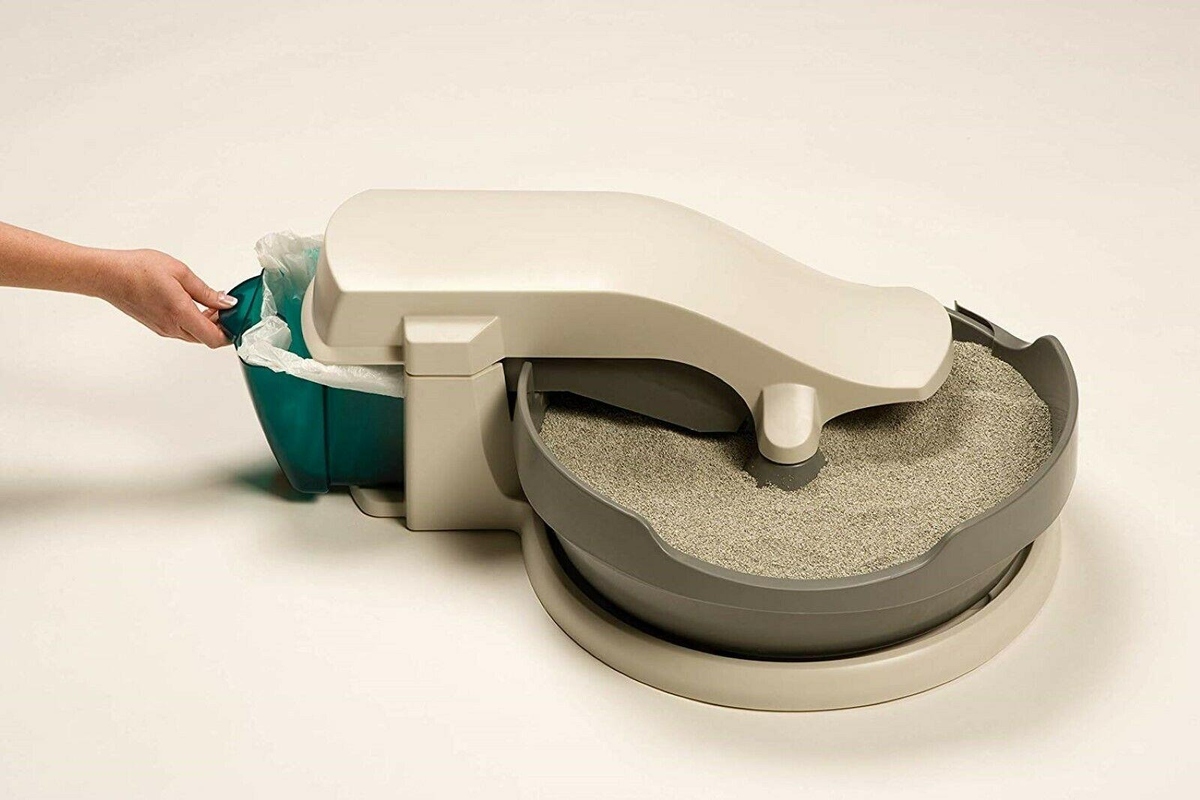
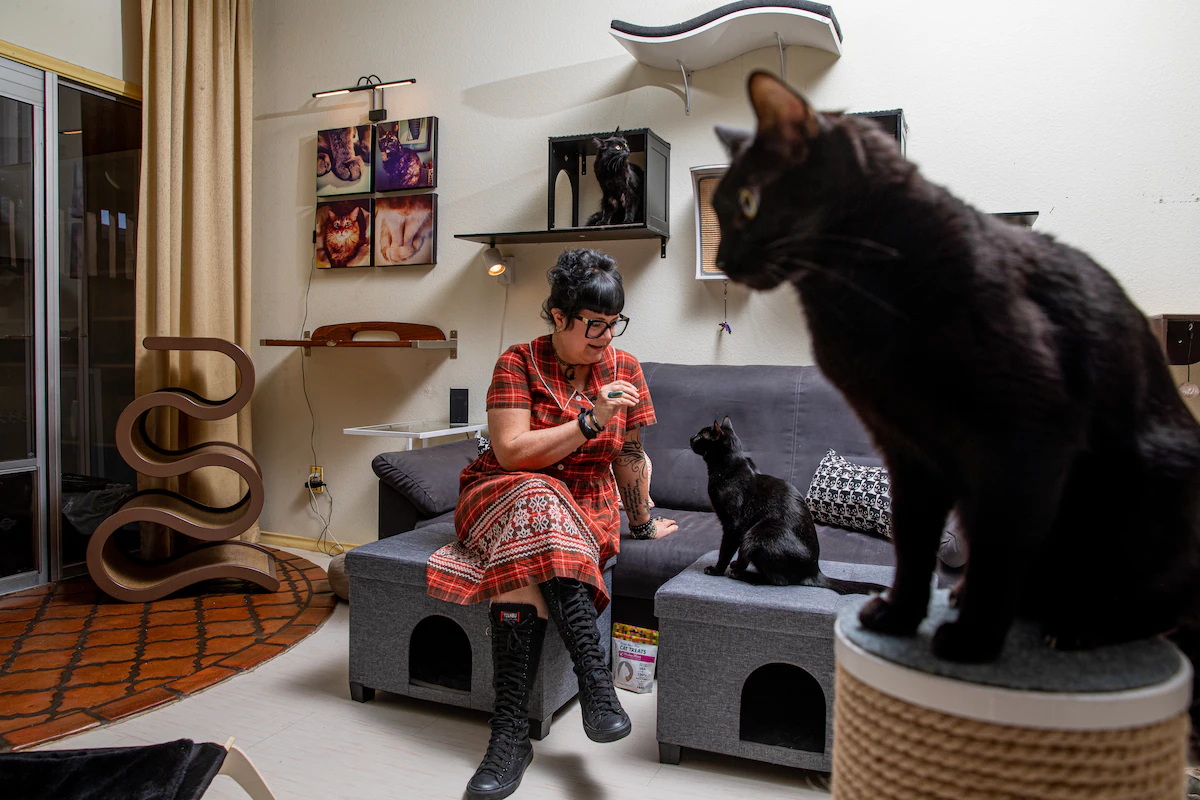
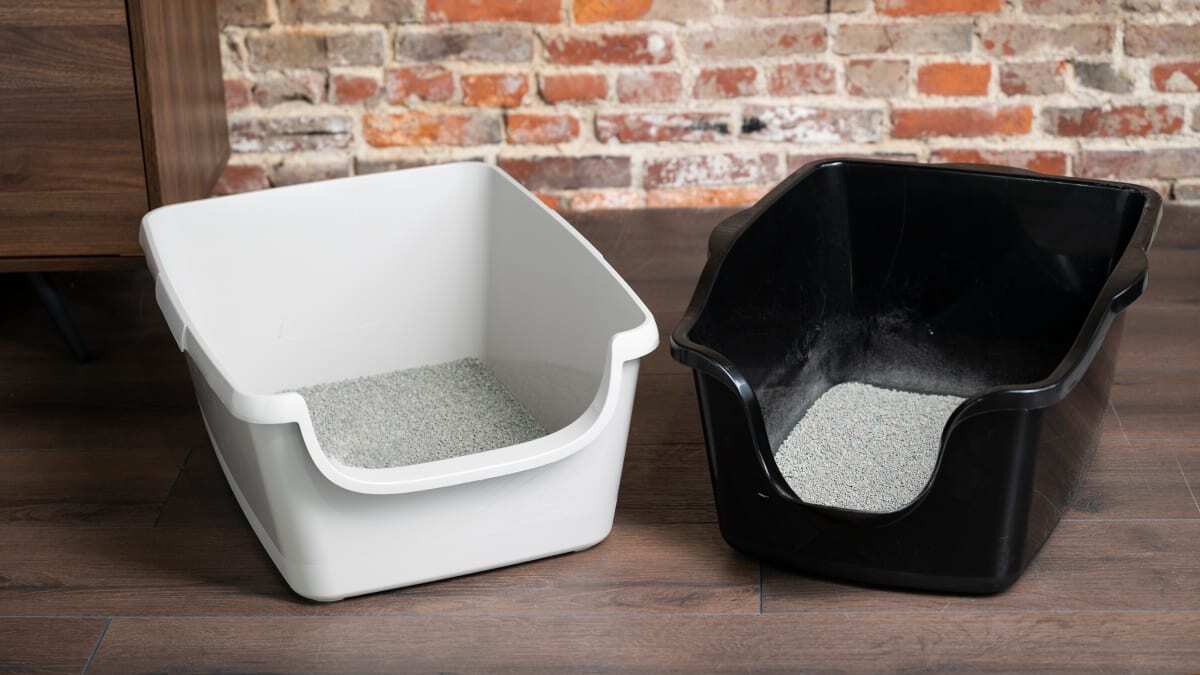
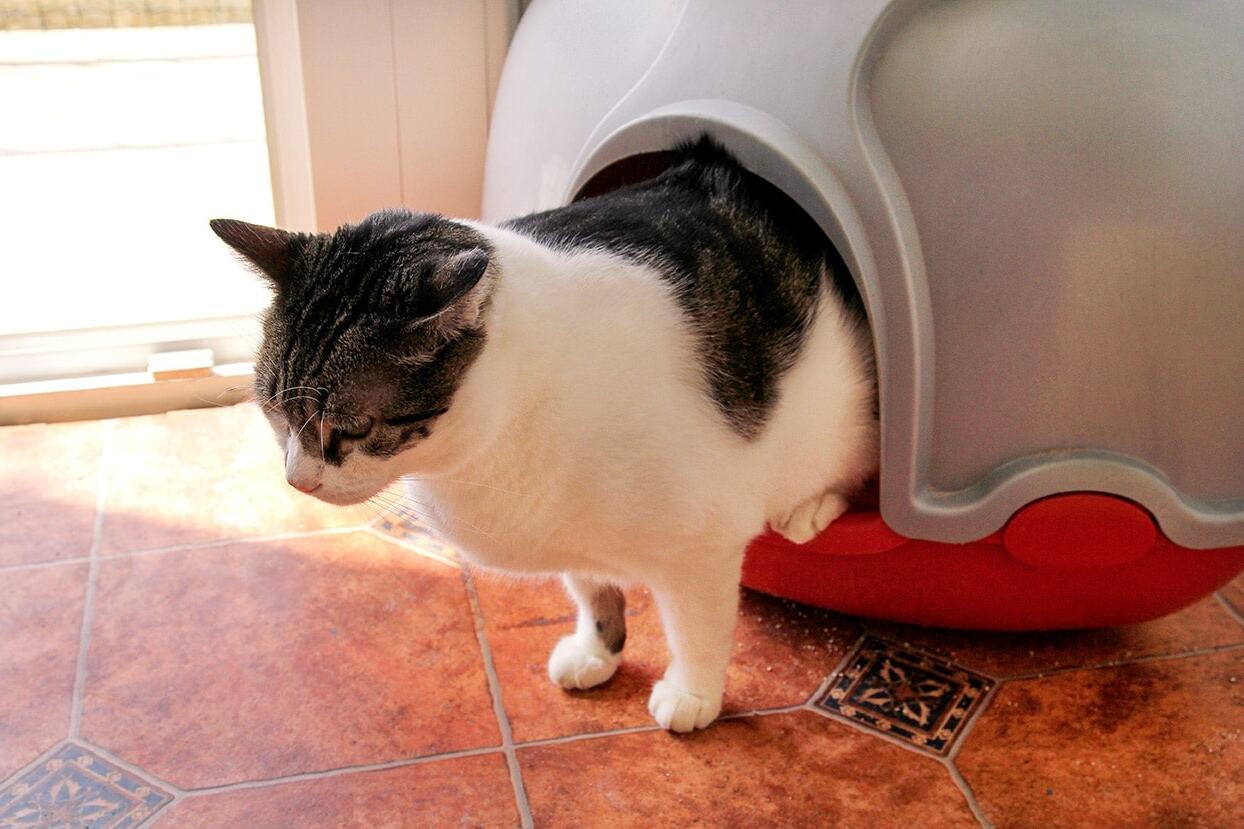
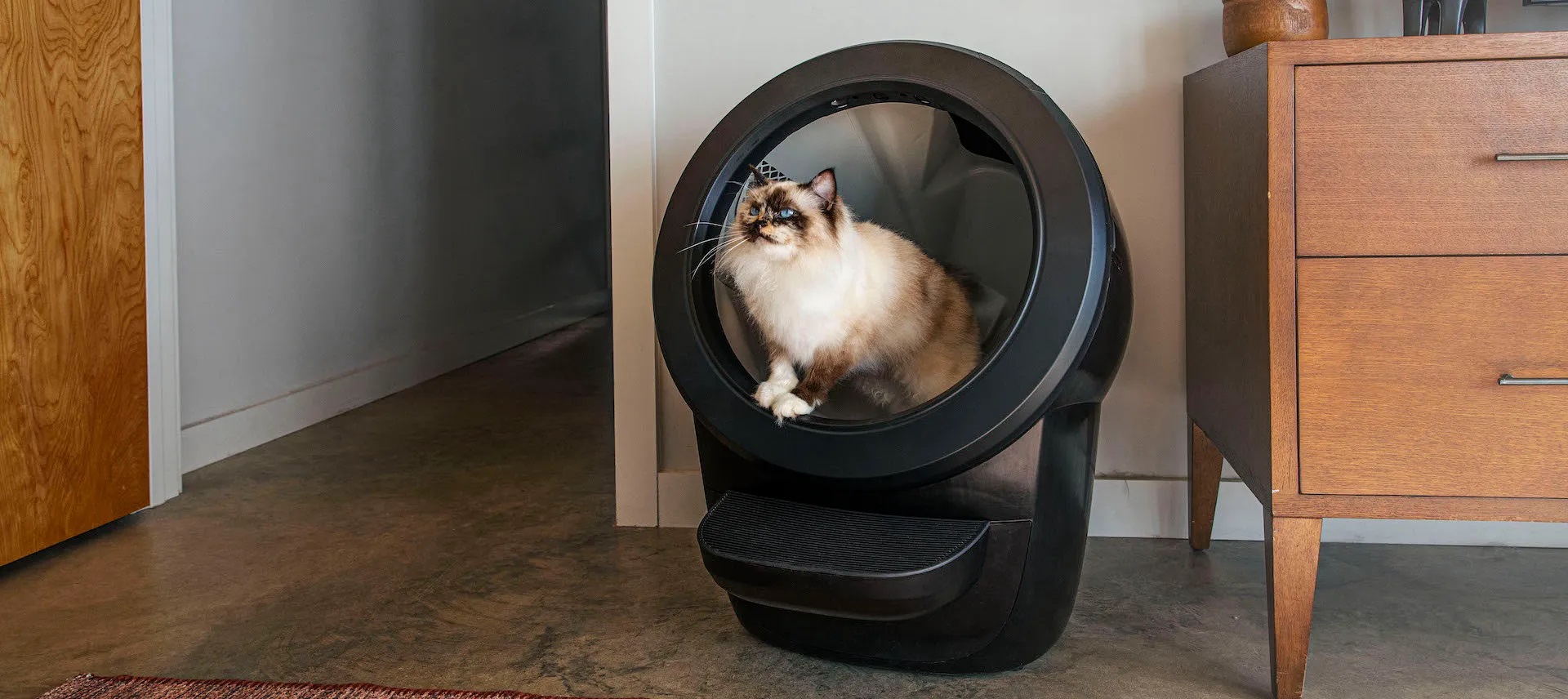
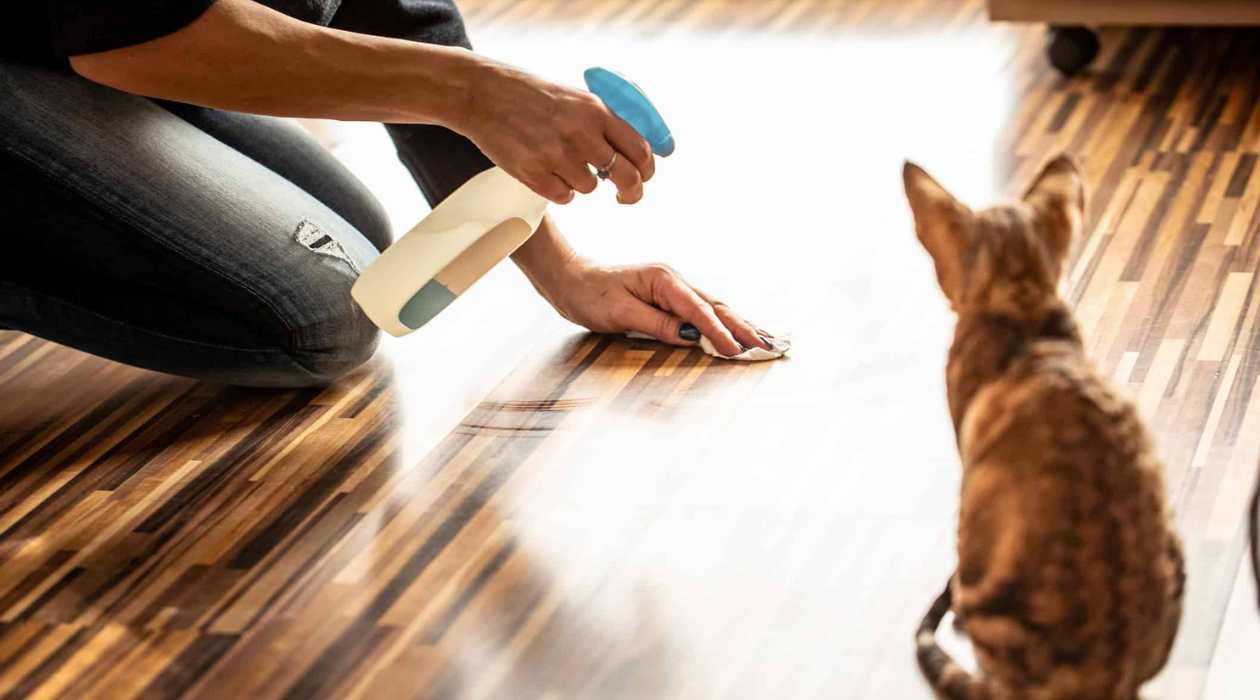
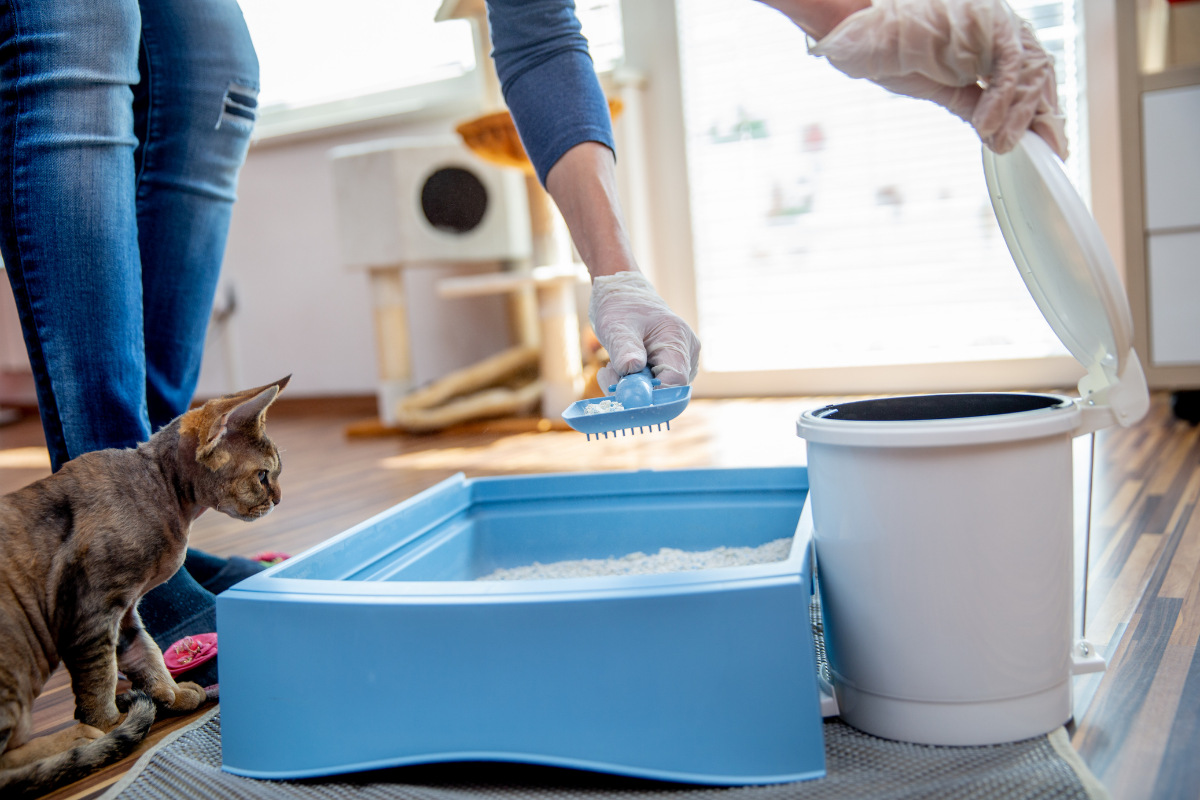
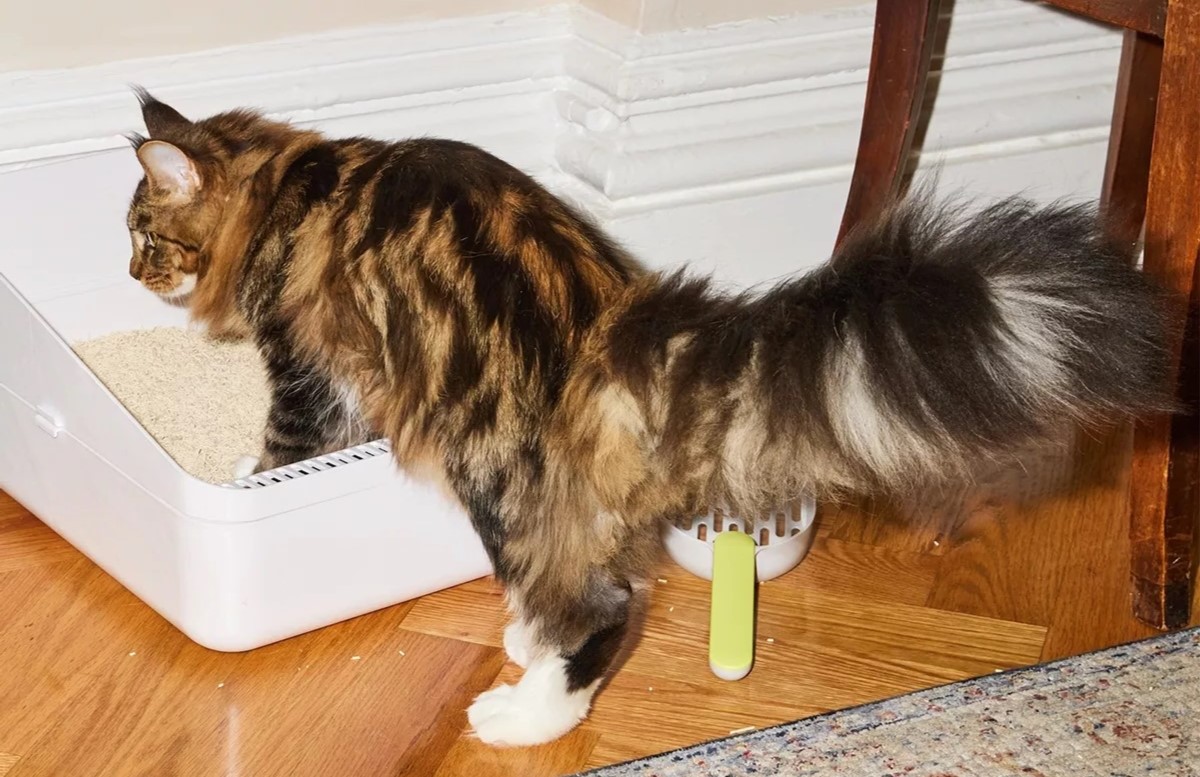
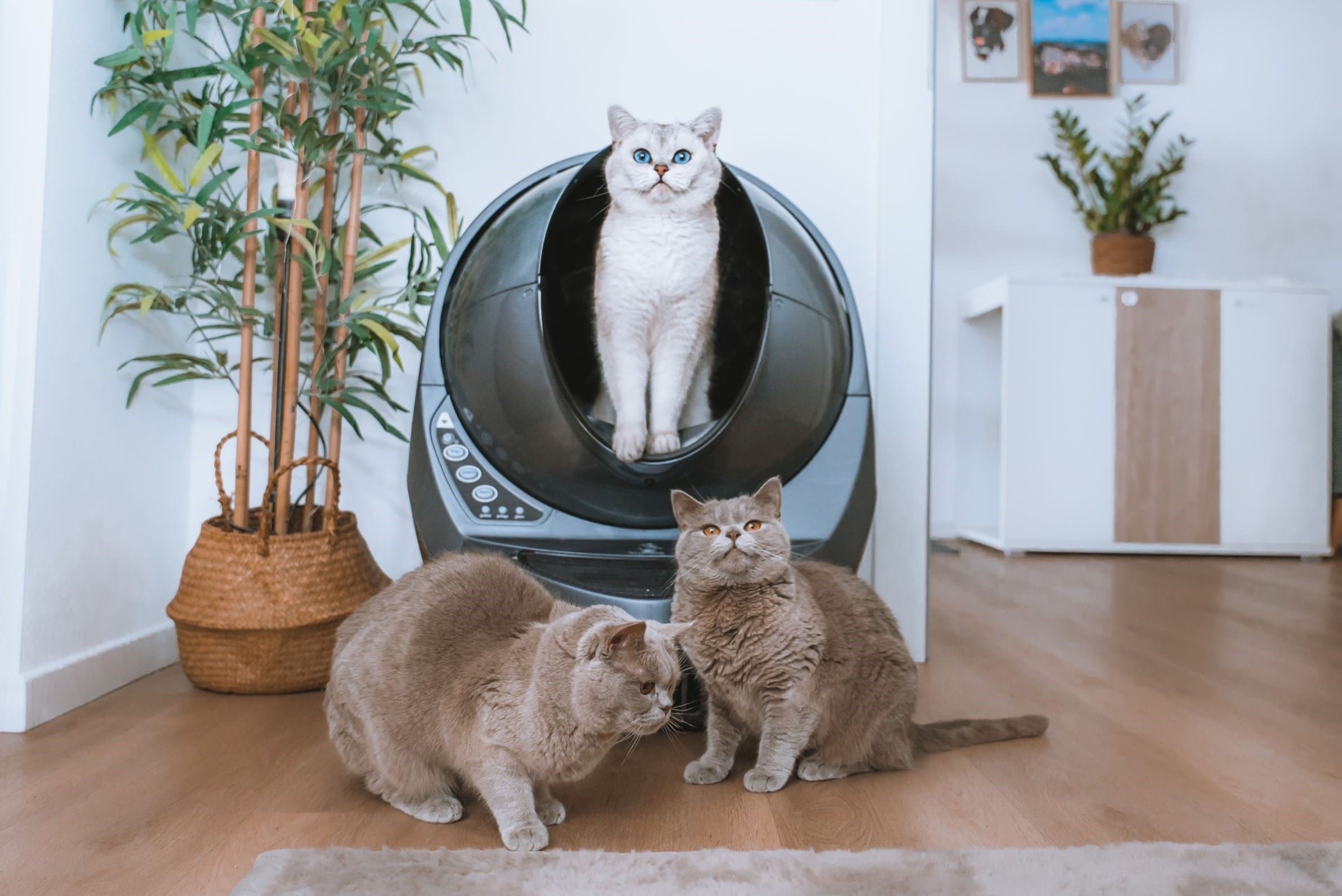
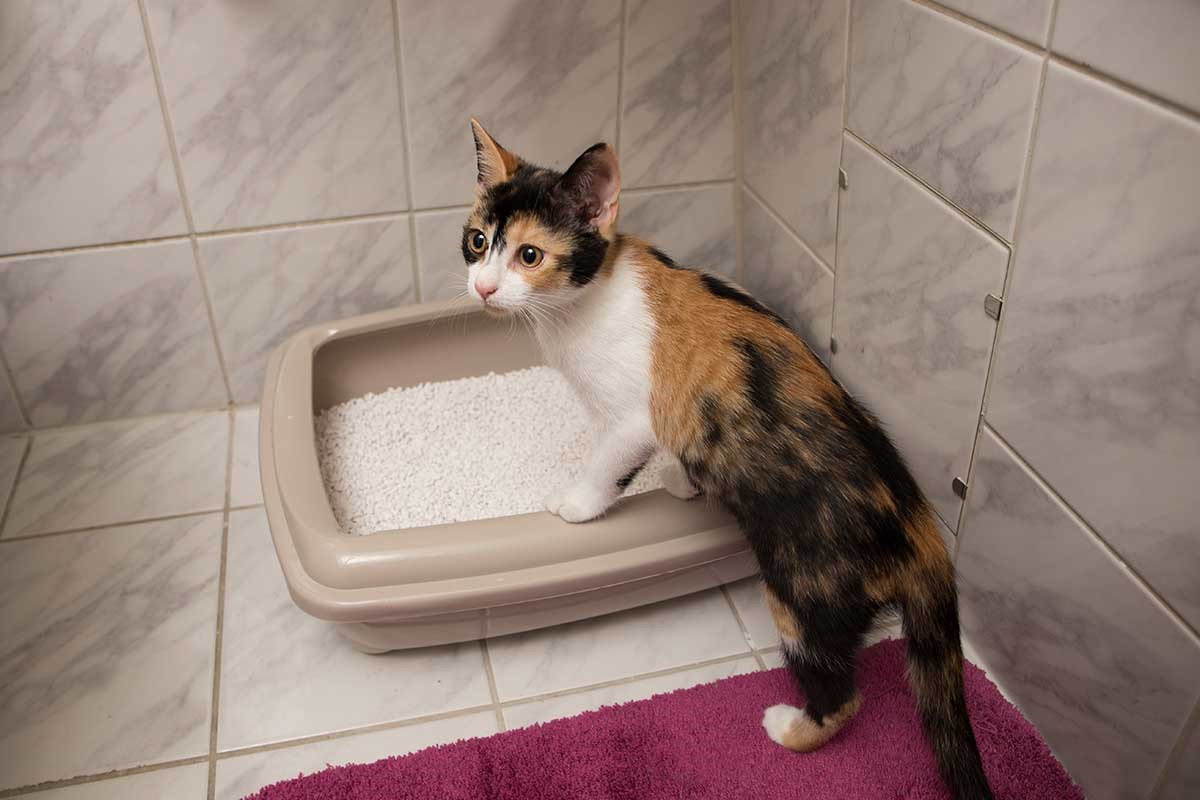
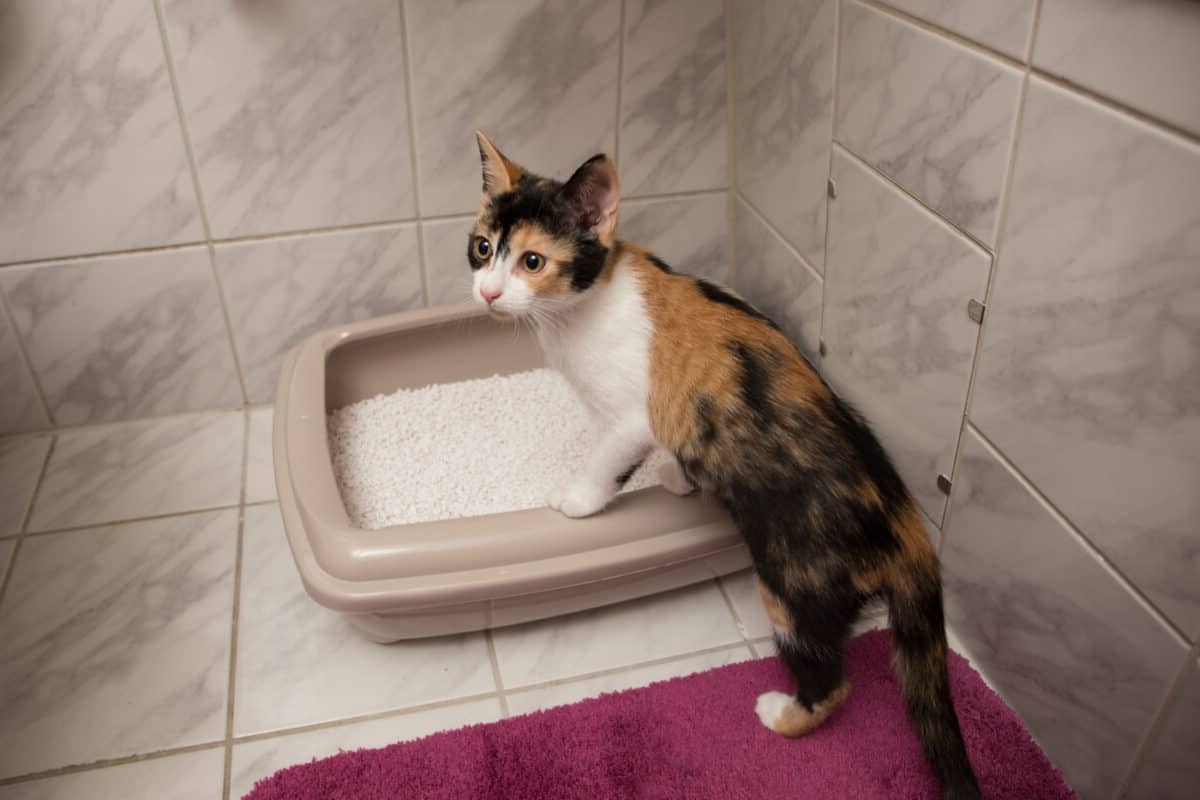
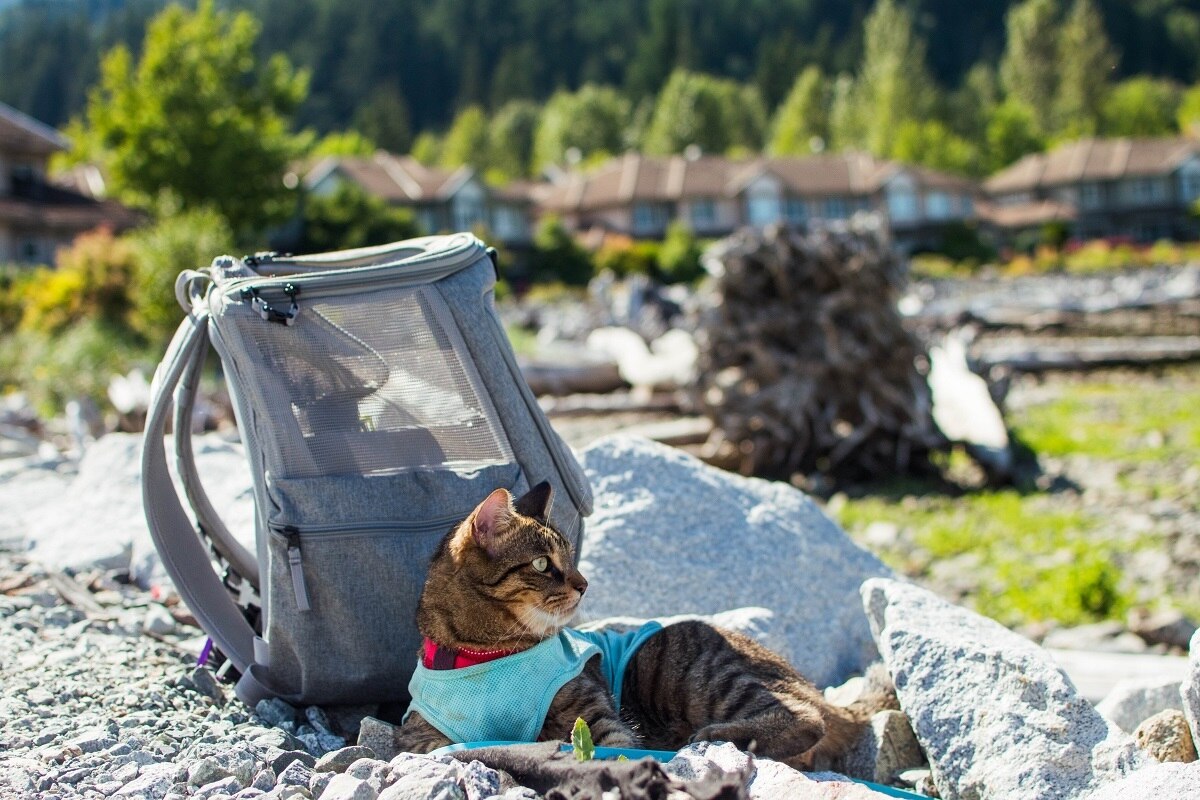

0 thoughts on “Where Do You Put A Cat Litter Box”